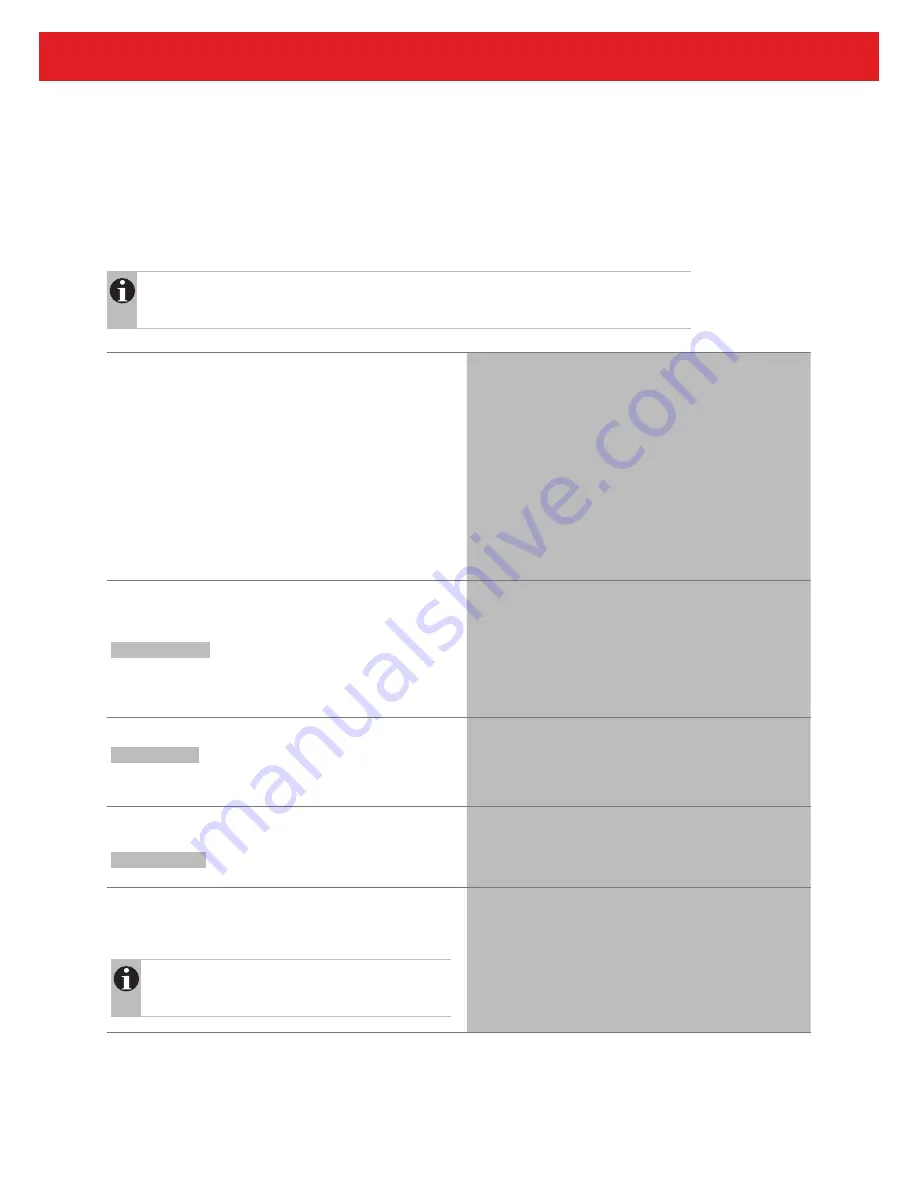
106
4 Design example
Note
The following design example relates to cooling mode. The design rating for heating mode can
be performed analogously to the design example above in Section B 'RoofVent
®
LHW'.
Design data
■
Required fresh air flow rate or air change rate
■
Hall geometry (length, width, height)
■
Design conditions
■
Desired room temperature (in the occupied area)
■
Extract air conditions
1)
■
Cooling load
■
Cooling medium
1)
The extract air temperature is generally higher than the temperature in the
occupied area. This is the result of unavoidable temperature stratification
in high spaces, but is reduced to a minimum with the Air-Injector. Thus a
temperature gradient of only 0.2 K per metre hall height can be assumed.
Example
Fresh air flow rate ......................................70'000 m³/h
Space requirements (L x W x H) .......... 72 x 50 x 10 m
Design conditions .................................... 32 °C / 40 %
Desired room temperature...................................26 °C
Extract air conditions ............................... 28 °C / 50 %
Cooling load..................................................... 200 kW
Cooling medium.................................... LPCW 8/14 °C
Room temperature:..............................................26 °C
Temperature gradient: .................................. 10 · 0.2 K
Extract air temperature: ....................................= 28 °C
Required number of units n
req
Based on the air flow rate per unit (see Table E4), calculate
the required number of units.
n
req
= V
req
/ V
U
V
req
= required fresh air flow rate in m³/h
V
U
= air flow rate per unit in m³/h
n
req
= 70'000 / 7'000
n
req
= 10
Select 10 TWC-9s.
Actual fresh air flow rate V (in m³/h)
V
= n · V
U
n
= Selected number of units
V = 10 · 7'000
V = 70'000 m³/h
Necessary output to cover transmission (sensible
cooling capacity) per unit Q
TG
(in kW)
Q
TG
= Q
Teff
/ n
n
req
= 200 / 10
Q
Teff
= 20 kW
Selection of coil type
Select the required coil type based on the necessary output
to cover transmission per unit from Table E7.
Note
Please note that the entire cooling capacity Q
tot
must
be used for sizing the chiller.
Select coil type C with 23 kW capacity to cover
transmission at LPCW 8/14 °C and a fresh air temperature
of 32 °C / 40 %.
RoofVent
®
twin cool
Design example
Summary of Contents for RoofVent CON-9
Page 2: ......
Page 4: ...2...
Page 6: ...4...
Page 8: ...6...
Page 12: ...10 RoofVent LHW Use...
Page 40: ...38 RoofVent LKW Use...
Page 68: ...66 RoofVent twin heat Use...
Page 94: ...92 RoofVent twin cool Use...
Page 122: ...120 RoofVent twin pump Use...
Page 150: ...148...
Page 154: ...152 RoofVent condens Use...
Page 180: ...210 RoofVent LH Construction and operation...
Page 208: ...238 RoofVent LK Use...
Page 256: ...286...
Page 268: ...298...
Page 274: ...304...
Page 279: ......
















































